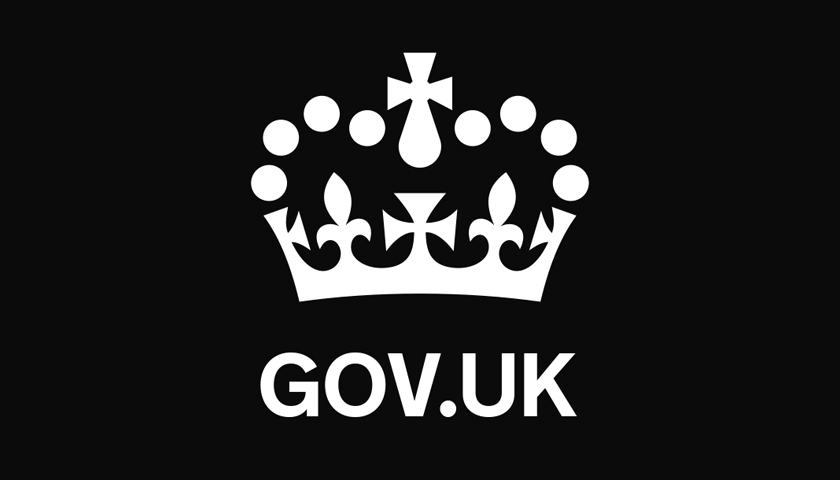The educational and knowledge management tools developed by UNESCO are available in open access format and range from capacity building for trainers to data visualization, sustainable development case studies and references for researchers:
- DIVE into Intangible Cultural Heritage: Using web semantics and graphic visualization, Dive into Intangible Cultural Heritage’ proposes a conceptual and visual navigation through almost 500 elements inscribed on the Lists of the 2003 UNESCO Convention. It explores the different elements across domains, themes, geography and ecosystems, highlighting their profound inter-connections.
- Capacity building: UNESCO has developed a comprehensive set of capacity-building materials comprising more than 60 thematic training units which are publicly available online. The materials are available in English, French, Spanish, Arabic, Russian and Portuguese. UNESCO encourages users to customize the materials to the needs of the local country context. A network of facilitators was trained on using the materials to provide training and advisory services. All materials are available in open access format;
- A video animation: Let’s discuss gender and intangible cultural heritage with a facilitator’s note on how to use it for training purposes;
- Sustainable Development toolbox: The toolbox is aimed at anyone interested in learning about the links between intangible cultural heritage and sustainable development. It includes more than 30 examples from around the world and complements existing training materials developed under UNESCO’s global capacity-building programme.
- Interactive bibliography of references for researchers related to the 2003 Convention: Hosted by UNESCO and led by independent researchers, this project intends to enhance dissemination of living heritage-related research for all stakeholders involved in the implementation of the 2003 Convention (States Parties, communities, civil society, practitioners and others). It also aims to foster better communication among researchers working in the field of intangible cultural heritage. At present, it contains more than 1,000 references in 10 languages. Explore the interactive bibliography.


